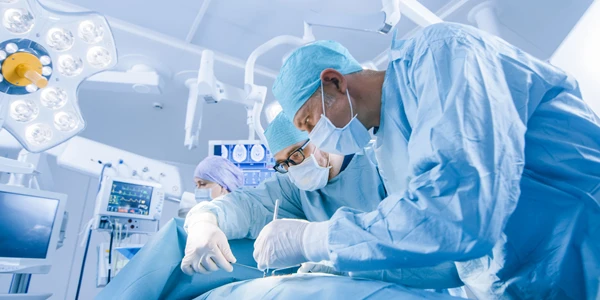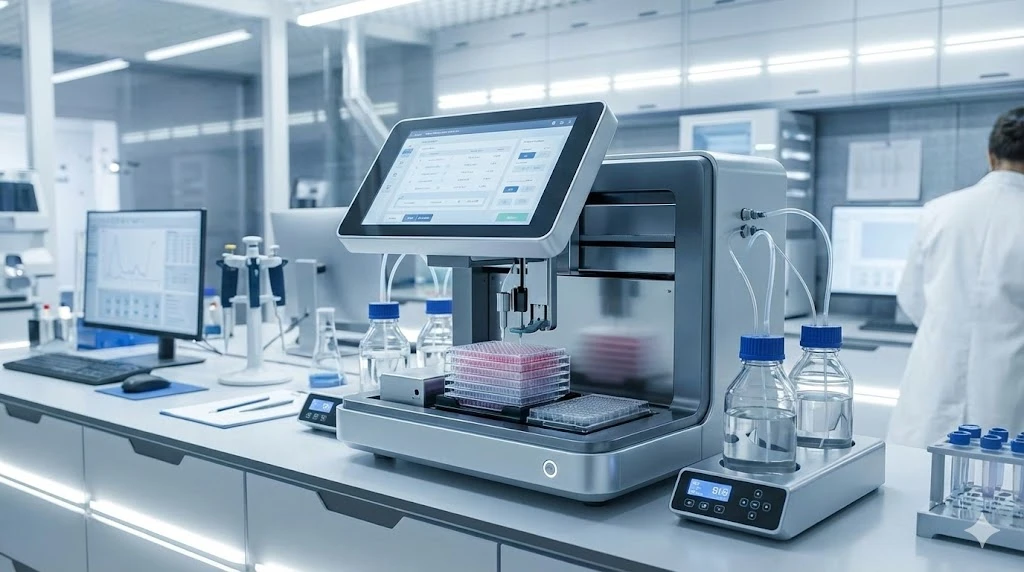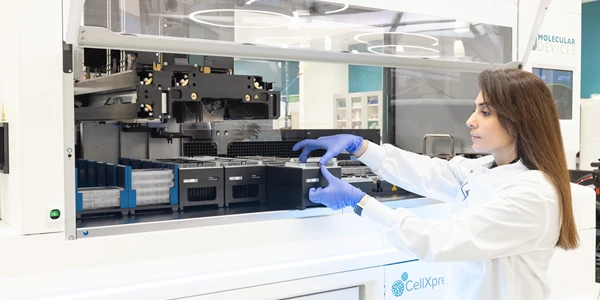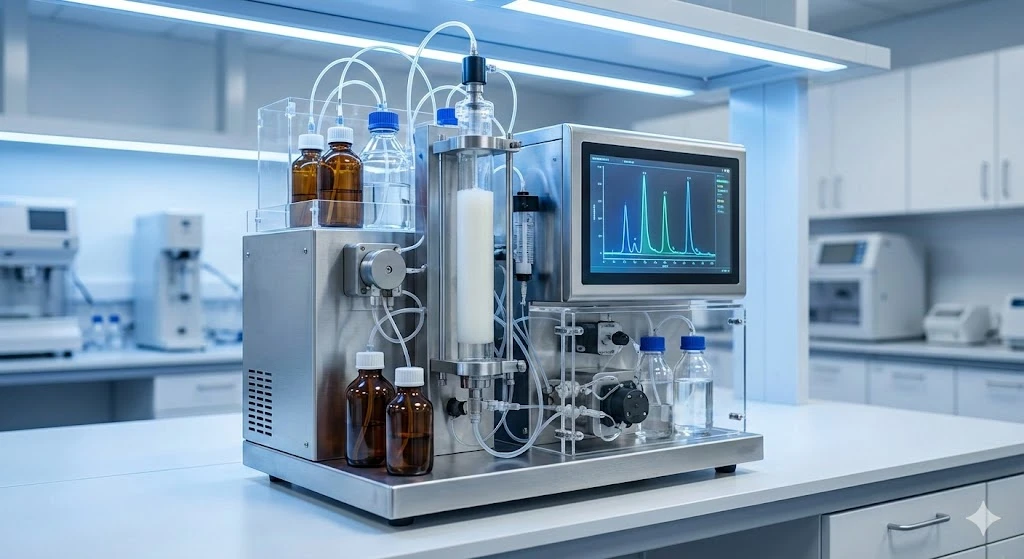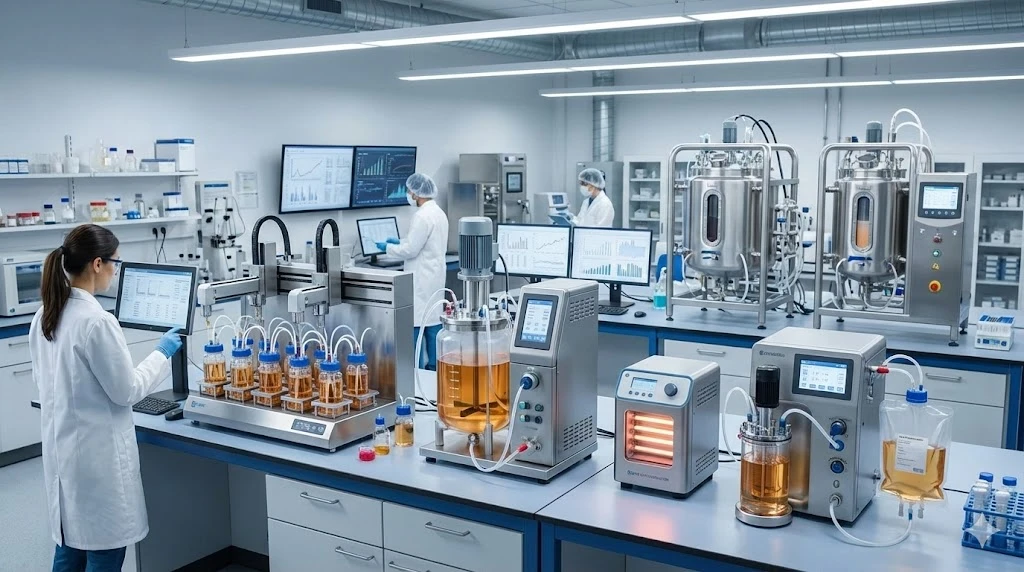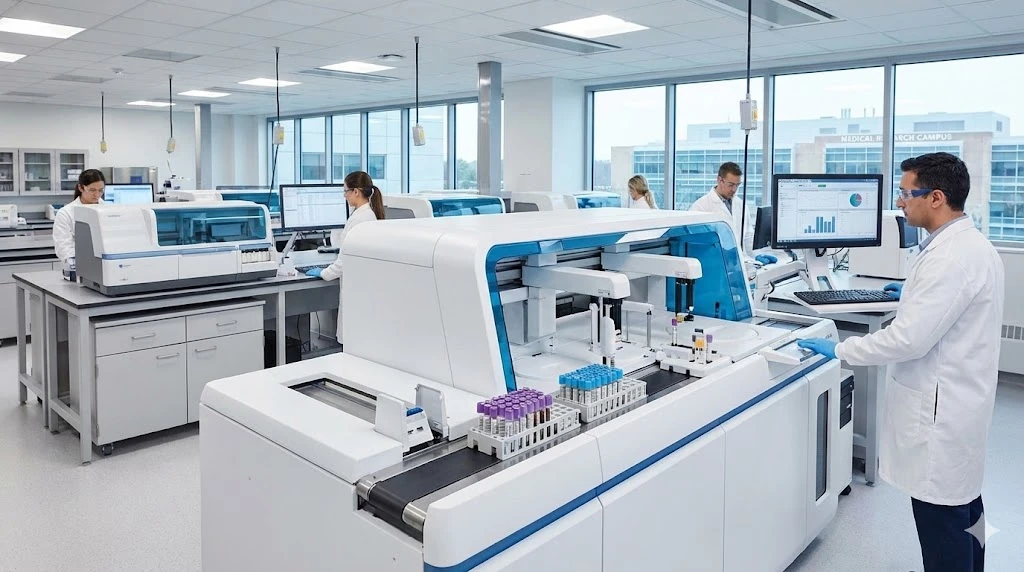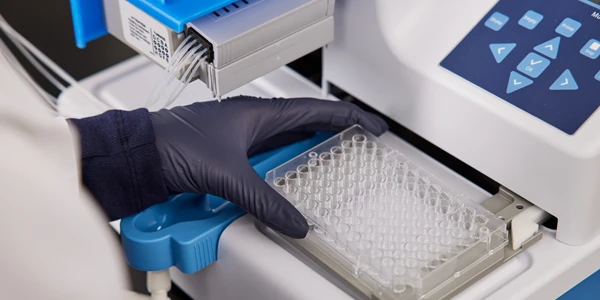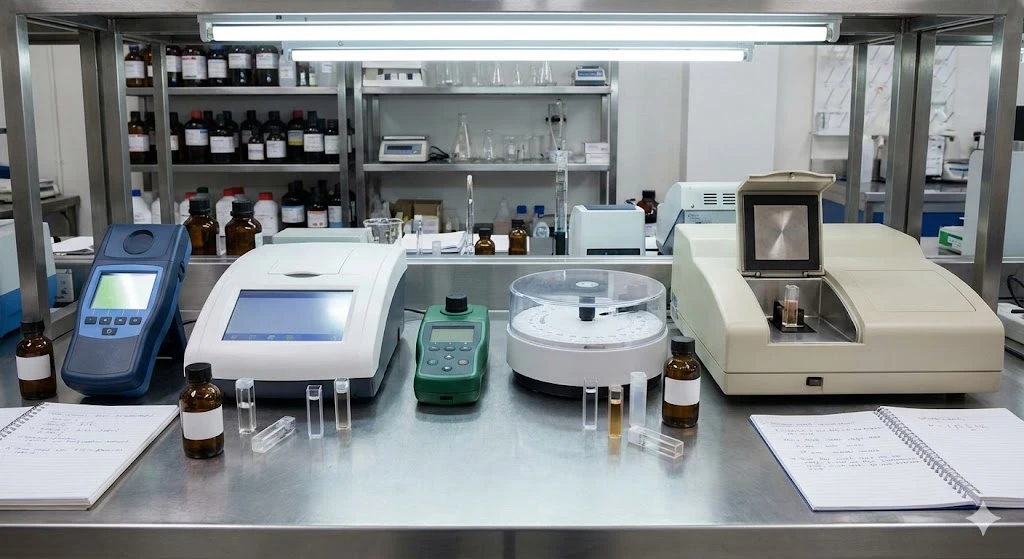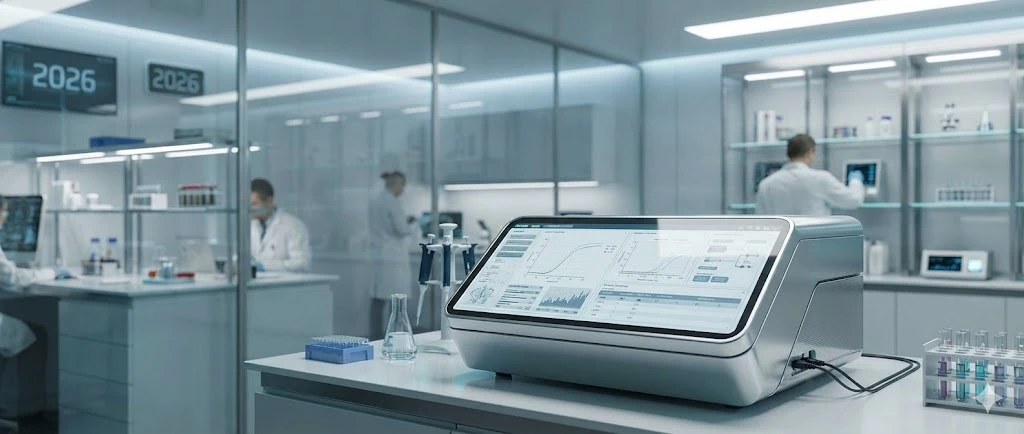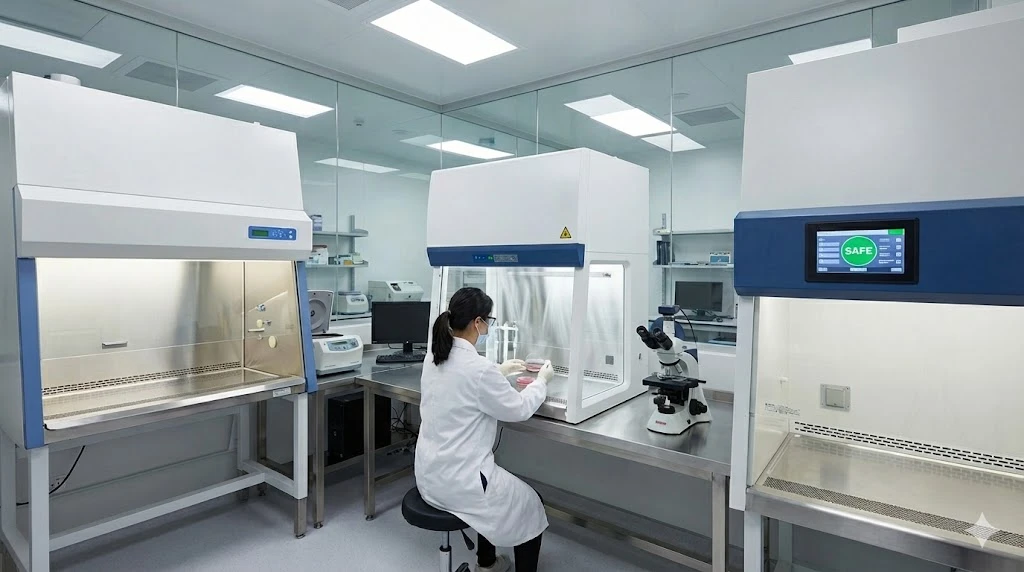Vacuum pumps may be integrated into several important operations and pieces of equipment in the lab. For instance, the speedvac or lyophilyzer that runs 24 hours a day or the MALDI -TOF that analyses 1000’s of clinical samples per week, may all reply upon dependable pump performance. As vital components, these pumps seem to get the job done to the specs of which you’ve become accustomed. Besides, if it ain’t broke, don’t fix (or upgrade) it… right?
There are several compelling reasons to consider an upgrade to the latest technology. Here we’ll look at two common types of pumps in the analytical lab, oil-sealed rotary vane and turbomolecular pump setups, and focus on specific advancements that may improve instrument performance and lab efficiency.
The rotary vane pump concept has been refined over several decades to streamline performance, longevity, and ease of use. As a result, there are a wide range of pump sizes and specifications suited for most lab operations. The staying power and reliability of these pumps have been challenged, however, by certain modern applications and limitations. In response, state-of-the-art oil-sealed rotary vane pumps have sought to address several key parameters, thereby offering enhanced capabilities and performance.
Vapor Pumping Capacity – In order to address advanced high-throughput or high-volume applications, modern rotary vane pumps possess either enhanced or interchangeable gas ballast systems. Some newer units can achieve a water vapor handling capacity 220 g/hr or more.
Flow Capacity – Again advanced equipment and applications often require rapid removal or larger solution/vapor volumes than those of the past. To address this, modern rotary pumps offer high flow rate capabilities by increasing pump rotational speed, minimizing flow path constrictions, and through innovative features such as oil return kits, which limit oil to within the pump during high flow rate operations. This is particularly important during high-throughput operations, as the pump can now run continuously without losing oil down the exhaust line. Some pumps also have switchable two stage fuctionality, where the low stage handles lower flow rates and pressures, while the high stage handles high-throughput duties.
Chemical Resistance – Modern pumps have an extended range of use in part due to the availability of different seal kits with different chemical/vapor compatibilities. For instance, should the procedure involve materials incompatible with fluoroelastomer (FKM), such as oxygen or halogenated compounds, perfluoropolyether (PFPE) seal kits are available.
Bespoke Design – Certain manufacturers now offer ‘built-for-purpose’ solutions to accommodate custom vacuum pumping needs. This is trade-up from older technologies to address high-complexity operations in which specifications cannot be compromised.
Other advantages include better noise filtering and vibration control, as well as, ease of maintenance and repair. In addition, many manufacturers offer superior quality control standards and warranties -- the result of research, field testing, and higher stringency in production.
Certain manufacturers have embraced the trend away from oil-sealed rotary pumps, in favor of high performance dry-scroll pumps. This has been in response, in part, to the evolution of gas chromatography and liquid chromatography mass spectrometers and the motivation to achieve higher sensitivity and accuracy. Oil-sealed rotary vane pumps as rough pumps in-line with turbomolecular pump setups are believed to negatively affect these parameters, due to introduction of contaminants into the analysis. As a result, manufacturers offer air-cooled dry-scroll pumps, engineered to be compatible with turbo pumps, as an alternative in new equipment or as an upgrade to existing machines in the field. Regarding modern turbomolecular pumps:
GC-MS machines typically use one chamber in relatively low gas load environments and intermediate vacuum. There are modern cost-effective turbo pump solutions for either smaller or larger machines, with advanced printed circuit boards and controller capabilities.
LC-MS setups typically include multi-chamber, high-throughput vacuum systems. Modern turbo pump setups are built to handle the increases in high-throughput workflows – with air cooling components and compact size. They are also available in split flow versions to maximize utility and performance, as well as fitted with integrated controllers meant to provide high level operational control.
MALDI-TOF instruments require state-of-the-art solutions to account for variations in instrument platforms and applications. Again versatility, control, and size of modern turbo pumps are key competitive advantages over older models.
Important considerations and advantages in the switch to dry-scroll pumps inline with a turbo pumps, either at the time of instrument purchase or during replacement of an existing rotary vane pump, include:
Speed and pressure must be matched to an OEM pump in order to maintain the integrity of existing optimized methods. Modern dry-scroll pumps are often ‘tunable’, allowing tight control and replication of OEM pumps in order to avoid pump or method modification.
The upfront cost of a dry-scroll pump is typically greater than a traditional oil-sealed rotary pump, due to precision machining and tight tolerances. This is more than accounted for by the increased time intervals for seal changes and the lack of requirements for oil changes and disposal.
The improvements in audible noise and power consumption may be significant – important considerations in today’s high capacity and budget conscious laboratory environments.
Switching to dry-scroll pumps in mass spectrometers and other high-performance equipment requires careful setup and installation to account for baseline function, pressure and speed compatibility, and performance validation. The reductions in possible contamination, audible noise, and cost of ownership, however, may well make up for the efforts involved in upgrading.

